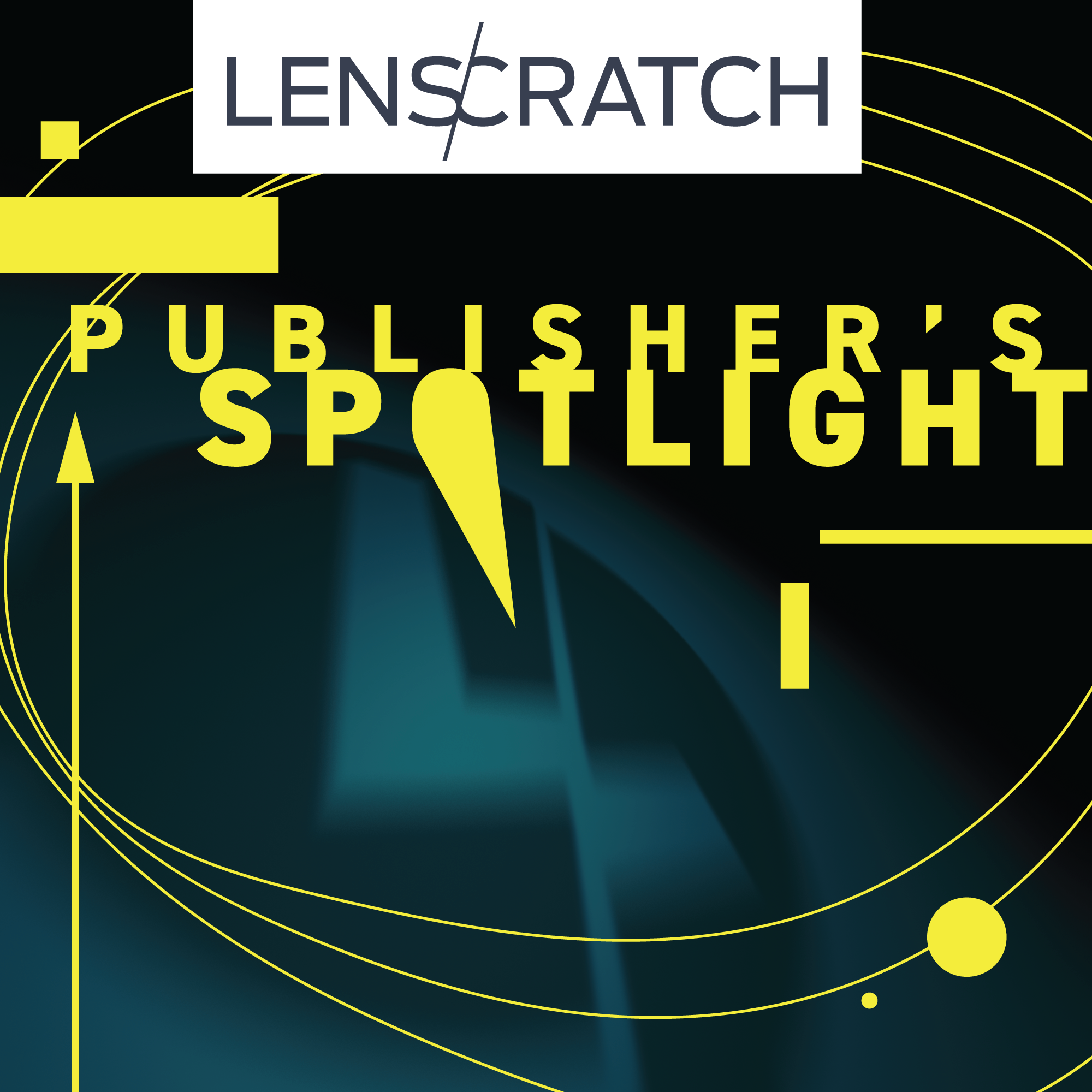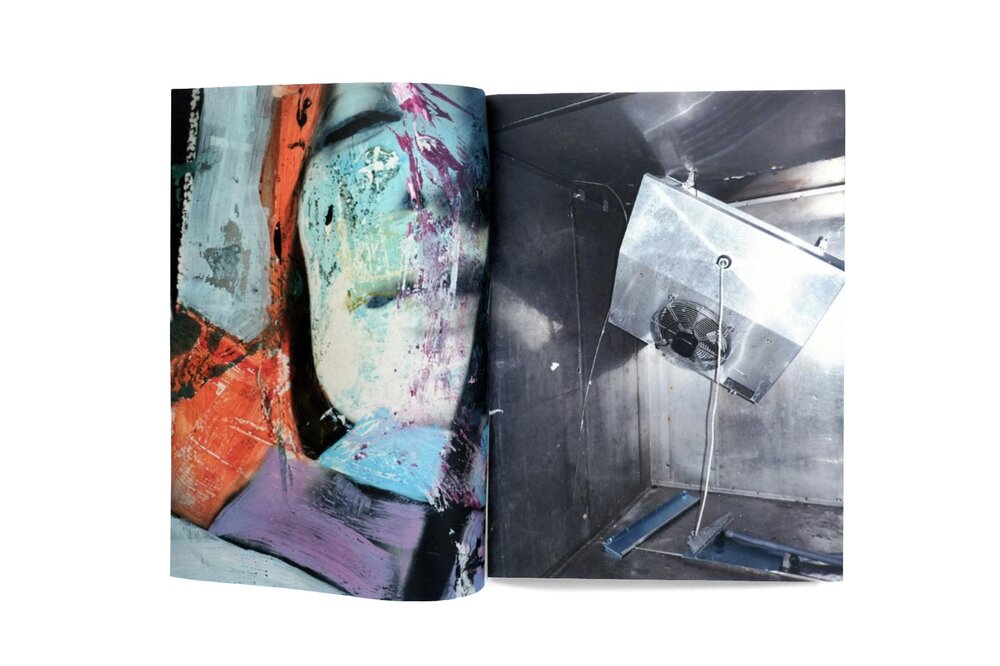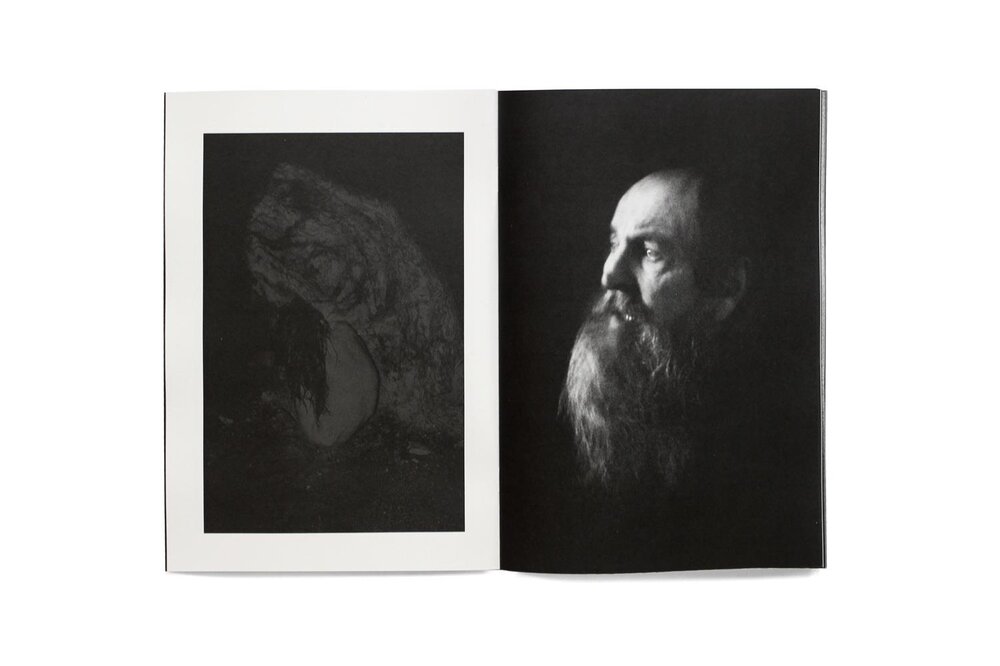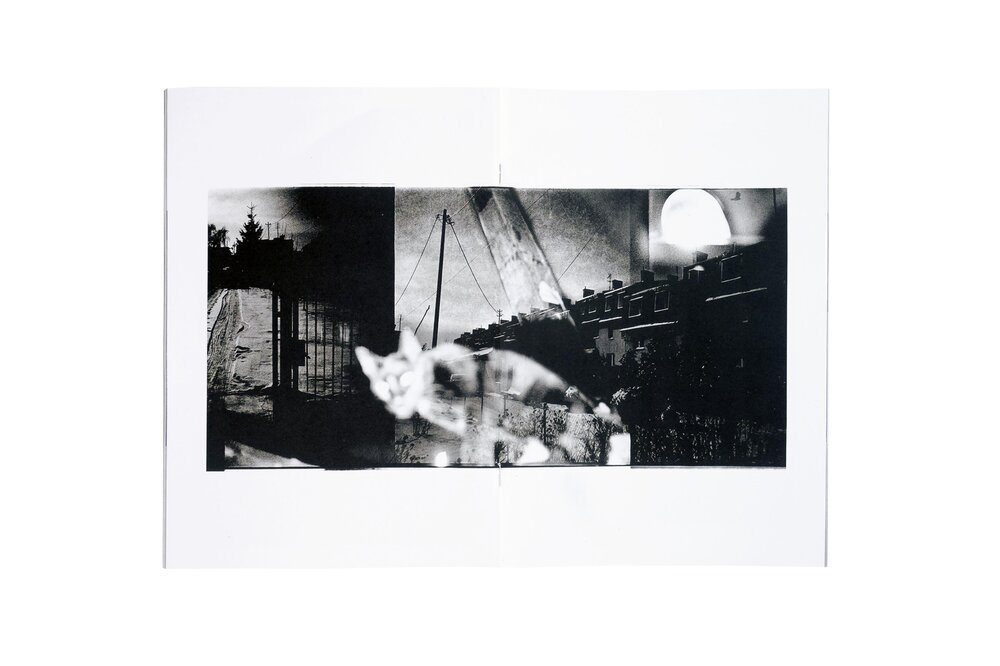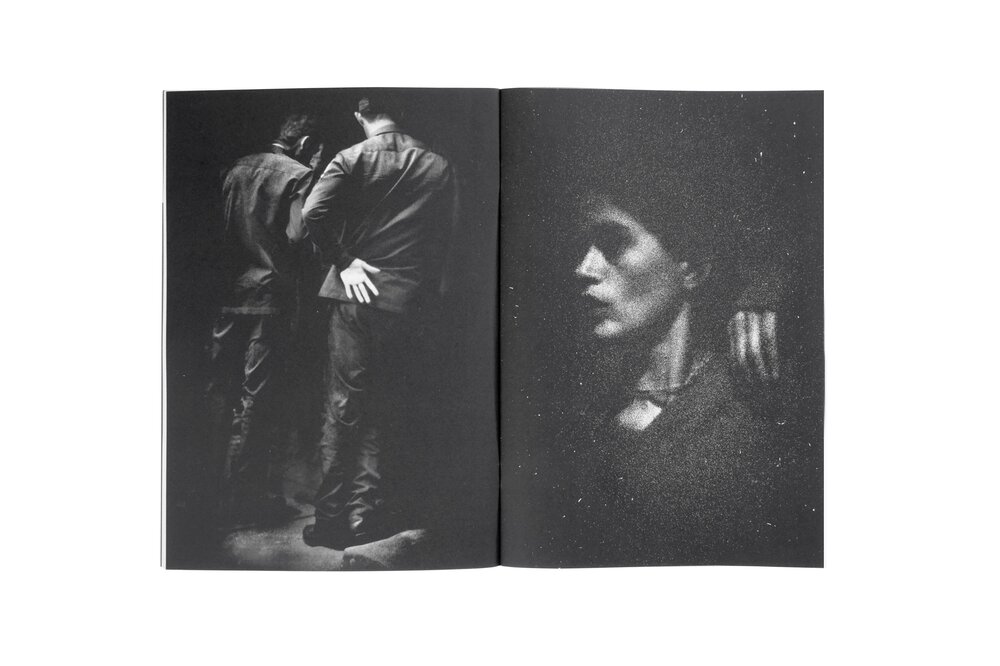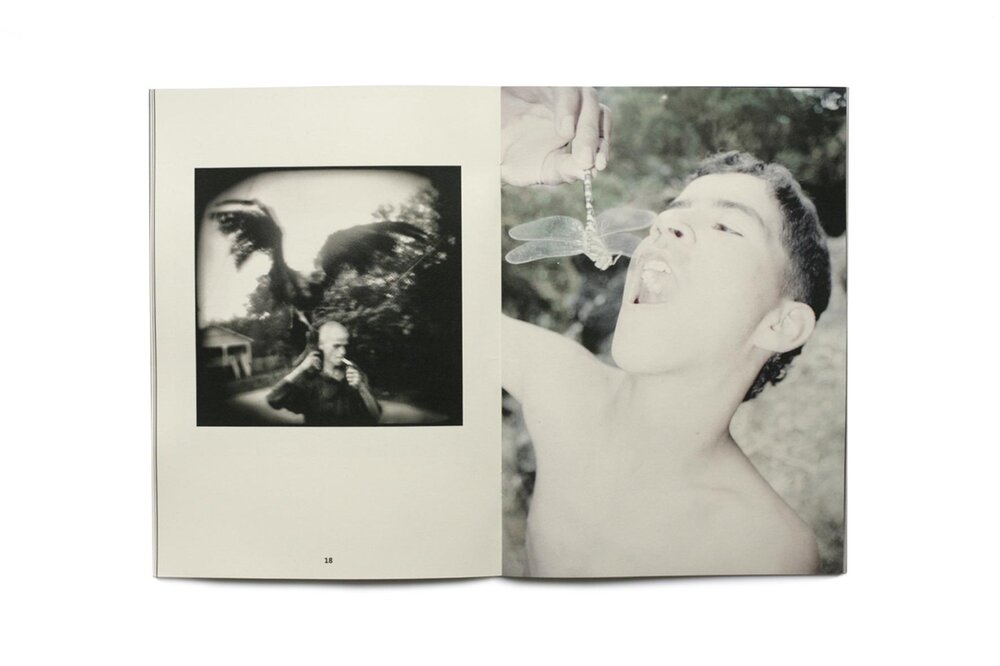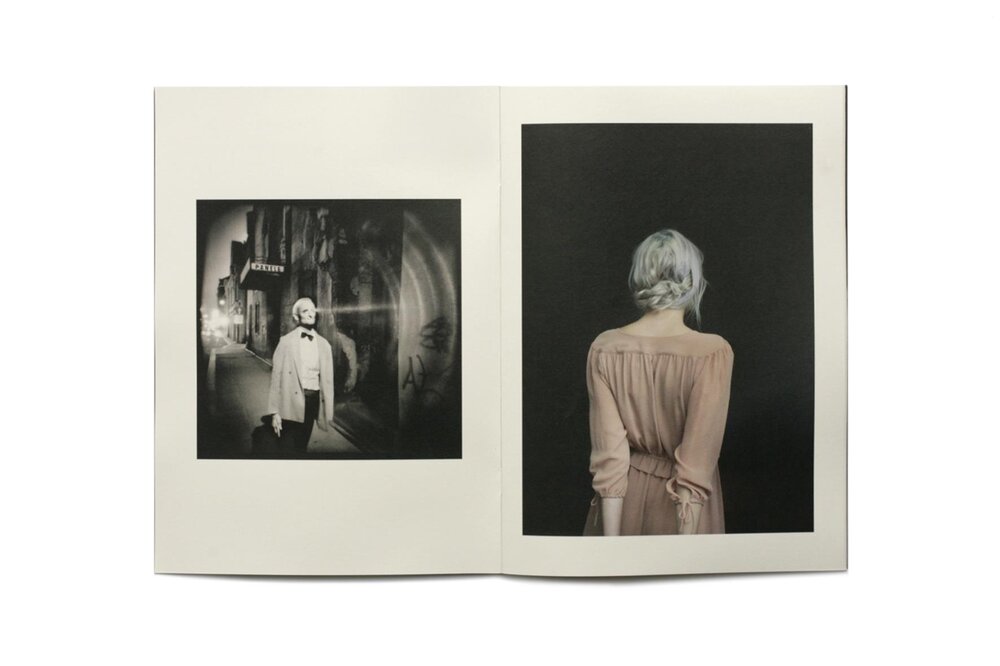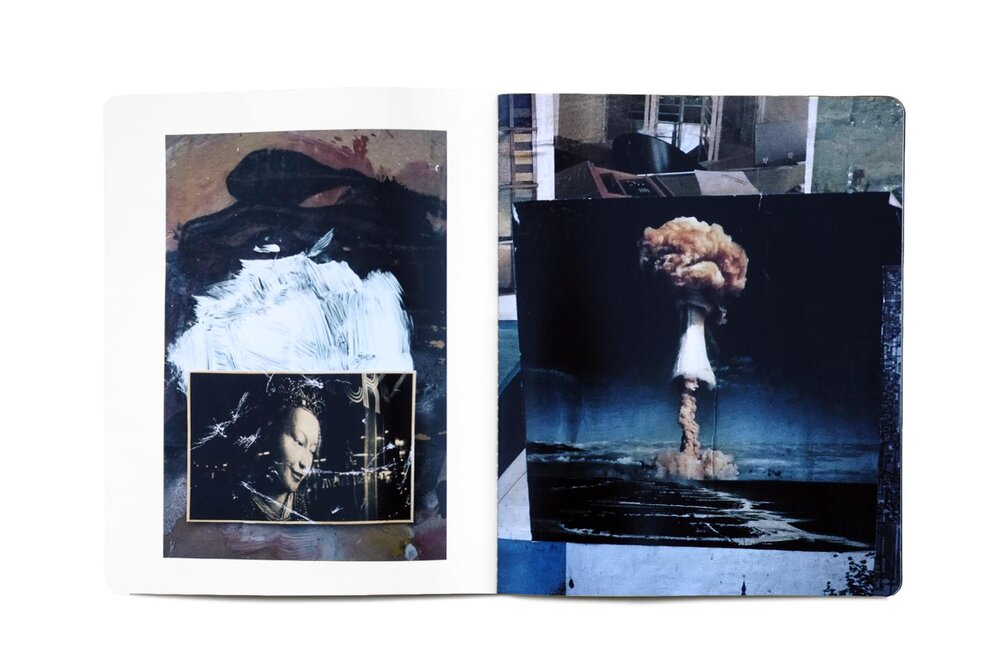Publisher’s Spotlight: Preto Books
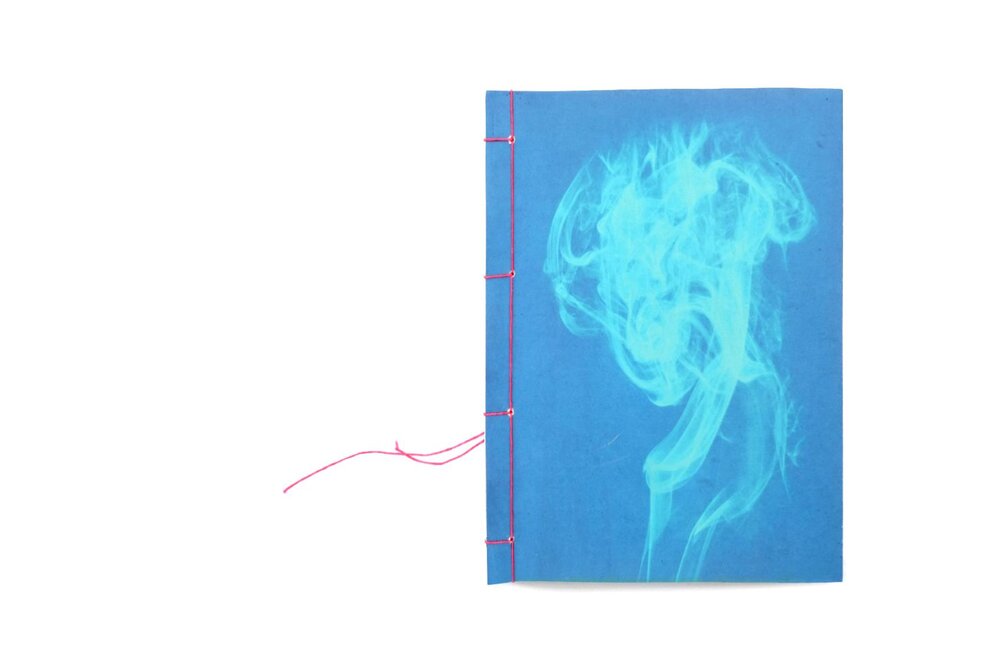
© Preto Books. “The Beast Breathe”, by Peter Oey & Fábio Miguel Roque.
These past months we have been focusing on books on Lenscratch. In order to understand the contemporary photobook landscape, we are interviewing and celebrating significant photography book publishers, large and small, who are elevating photographs on the page through design and unique presentation. We are so grateful for the time and energies these publishers have extended to share their perspectives, missions, and most importantly, their books.
Preto is an independent publishing house focused on photo books, and other kinds of publications. Preto is always looking for new ideas and projects, and is open to collaborating with artists, other publishers, or institutions. Today, photographer and editor Carlos Barradas interviews Preto Books founder Fábio Miguel Roque.
Follow Preto Books on Instagram: @pretobooks
What was the first book you published, and what did you learn from that experience?
My first experience printing something by myself was during the year 2013 and actually, it wasn’t a book, it was a cheap, low-run newspaper. During that year I saw my work published in zine format by two small publishing houses, one in Spain and another in Japan. After that, I had a project in hand “Redemption” and I decided to try it by myself. So without any kind of outside help, I made the design and send it to the printer. I learned several things from this experience. First and most important, I learned that I love the feeling of making printed things (books, zines, newspapers, posters). Another important thing was starting to understand the good and bad things about the publishing world.
What is your mission as a publisher?
This question can be deep and with many layers. So running away from it. I started as a publisher mostly because of the joy of making things happen. Also, to publish mostly my own personal work, and make books/zines a tool for my creative process. To publish other people was something that came naturally without thinking too much about it initially. Things changed a bit since then, but I probably can say that nowadays my mission is mostly to have fun making things and make/publish things closer to my own personal creative universe.
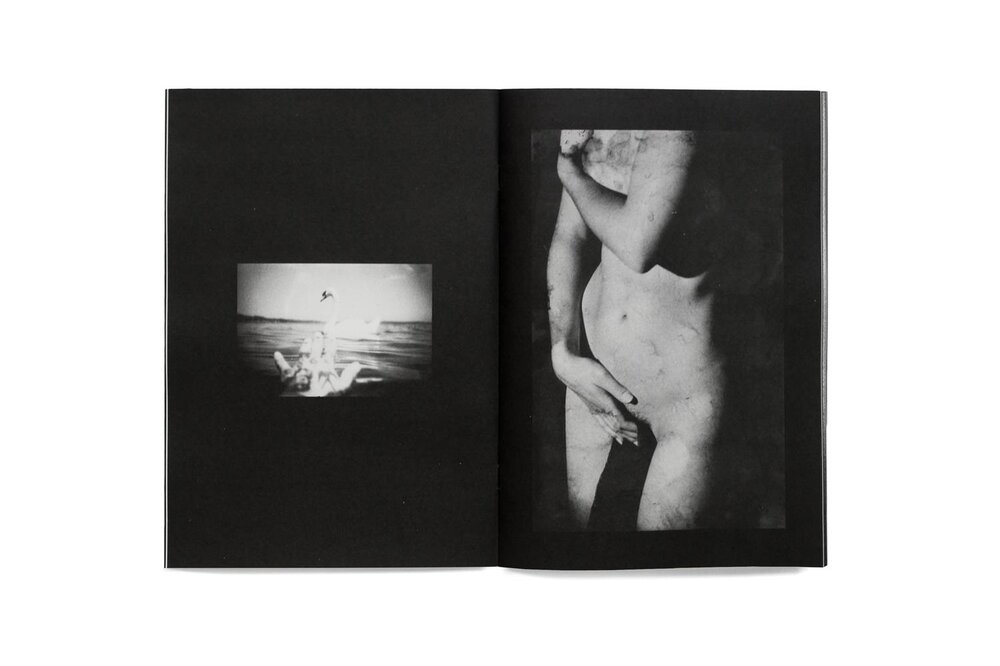
© Preto Books. “Preto Twelve”.
How big is your organization?
For the good or the bad, we are talking of a one-man dance. So it’s really small as you can imagine, despite that, I have a close relationship in the collaborative process with some people.
What are the difficulties that publishers face?
I can talk from my experience, I believe some of them are the same kind of difficulties. Others, bigger publishers maybe not, I don’t know. Starting with the investment, time, and money. Because to make books or zines we need both. So the better the book quality, the more expensive the process becomes. So finding funds is not always easy. And then, of course, the sales and distribution. The relationship with bookshops is not always easy, and of course, I understand that they run their own business, but in my view, consignment “sales” don’t work at all, because one way or another the risk of making a book goes totally to the publisher (or artist). Also, since the boom of self-publishing, the market is really full of so many things. So this lovely and democratic process of making books it’s something huge (in my view) but also get things harder for everyone I guess.
Are there any publishing projects that have been particularly meaningful to you?
It’s hard to reply to this. I don’t think so much that way. I really love books, to see, touch and analyze books. So when I like a book or I have the need to have that particular book, I go for it. Much more than buying all the books from a particular publisher.
What upcoming projects are you excited about?
I get excited with all the projects I make. So by now I’m most excited about my personal artistic works and using them for working with other publishers. But also with a collective book that will come out soon.
How many books do you publish a year, and how do you choose which projects to publish? Do you have a specific focus?
I don’t have a concrete number, but things changed in recent years. Due to many reasons, I decided to stop publishing so many books and focus more (like I said before) on my personal artistic ventures. So in recent years, the biggest focus on Preto is to publish the magazine (usually 3/4 editions each year). But also some handmade books, like recently “The Beast Breath”. The choice isn’t hard, most of the handmade books are collaborations between myself and some people close to me. As for the magazine, each edition has the works of three artists and usually, they are chosen because of different factors. (the main one is of course the quality of their work, and how it can fit the magazine concept).
How can an artist get their work in front of you? Do you have any advice for photographers?
In the past, I received so many submissions. Even today, almost every week someone decides to write to Preto’s email to show their work. And I get it, but at this point, I really don’t take submissions. I prefer to make the opposite, if I have any kind of interest (also time and money), I invite the artist to make something happen. I don’t know if I’m the right guy to give advice to photographers, also because I’m one myself, but I would say something like: make your own path, your own book, be free from others.
What is the typical timeline of a project, from the beginning to the finished product?
There is no right answer for this. It can be one week or a year. Depends on so many things: kind of project, kind of product, how many people are involved (more people=more time). Usually, I go fast on my process, but when I’m depending also on other people it gets slower.
How collaborative is the design process with the artist?
It depends. In my past experience, everything has already happened. Usually, I make the design, with the approval from the artist, but I also worked several times in close collaboration with them, also on a few occasions I delivered all the design parts to the artist (this only happened because I had full confidence in him).
How is the financial side of the project structured between publisher and artist? Does the artist contribute to production costs?
From my experience and in the most books I had published, the financial part was on me, I took all the expenses but also all the risk. After the book is published the artist receives a part of the production (in book copies). This was my main way of working. In some scenarios, it was a bit different. I split the production costs with the artist, and after the production was made we split also the number of copies of the book.
What support do you give artists in terms of marketing or distribution? Do you attend book fairs?
Of course, this is a team process. But yes, the online world is more and more a tool itself and from my experience the most important one. But I also have books in several bookstores across the globe. As for the book fairs, it was more my thing in the past, I fully understand their importance, but lately, I only attend them in Portugal.
Carlos Barradas is a photographer with a Ph.D. in anthropology. He loves to make photographs and write about photography. He has exhibited his work in Europe and Latin America and has published numerous articles and interviews on photography and visual anthropology. He is also co-founder and co-editor of SOPA Magazine.
Follow Carlos Barradas on Instagram: @barradascarlos
Posts on Lenscratch may not be reproduced without the permission of the Lenscratch staff and the photographer.
Recommended
-
Aaron Rothman: The SierraDecember 18th, 2025
-
Photographers on Photographers: Congyu Liu in Conversation with Vân-Nhi NguyễnDecember 8th, 2025
-
Linda Foard Roberts: LamentNovember 25th, 2025
-
Arnold Newman Prize: C. Rose Smith: Scenes of Self: Redressing PatriarchyNovember 24th, 2025
-
Spotlight on the Photographic Arts Council Los AngelesNovember 23rd, 2025

